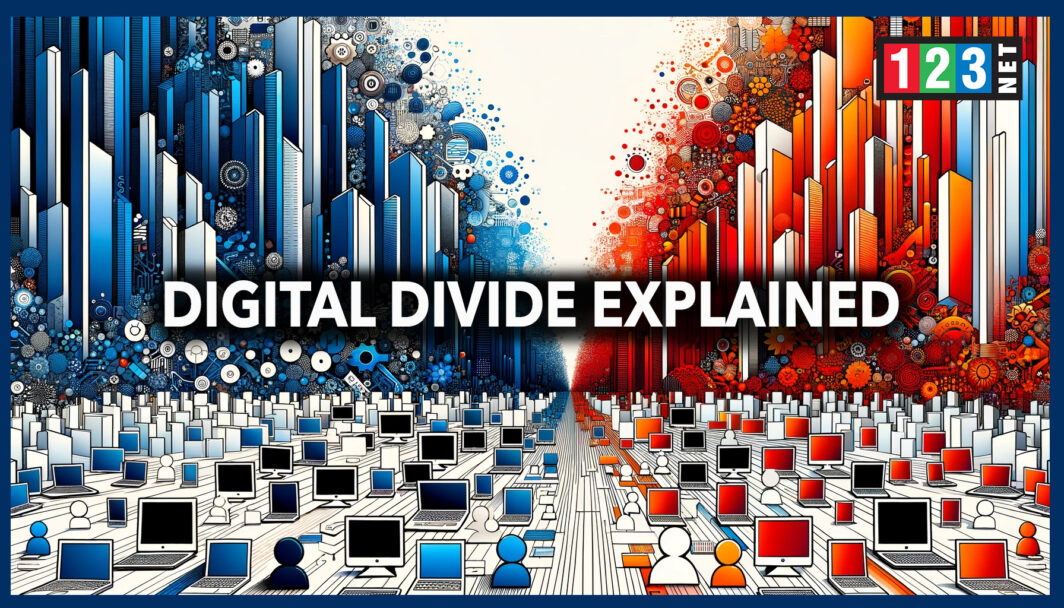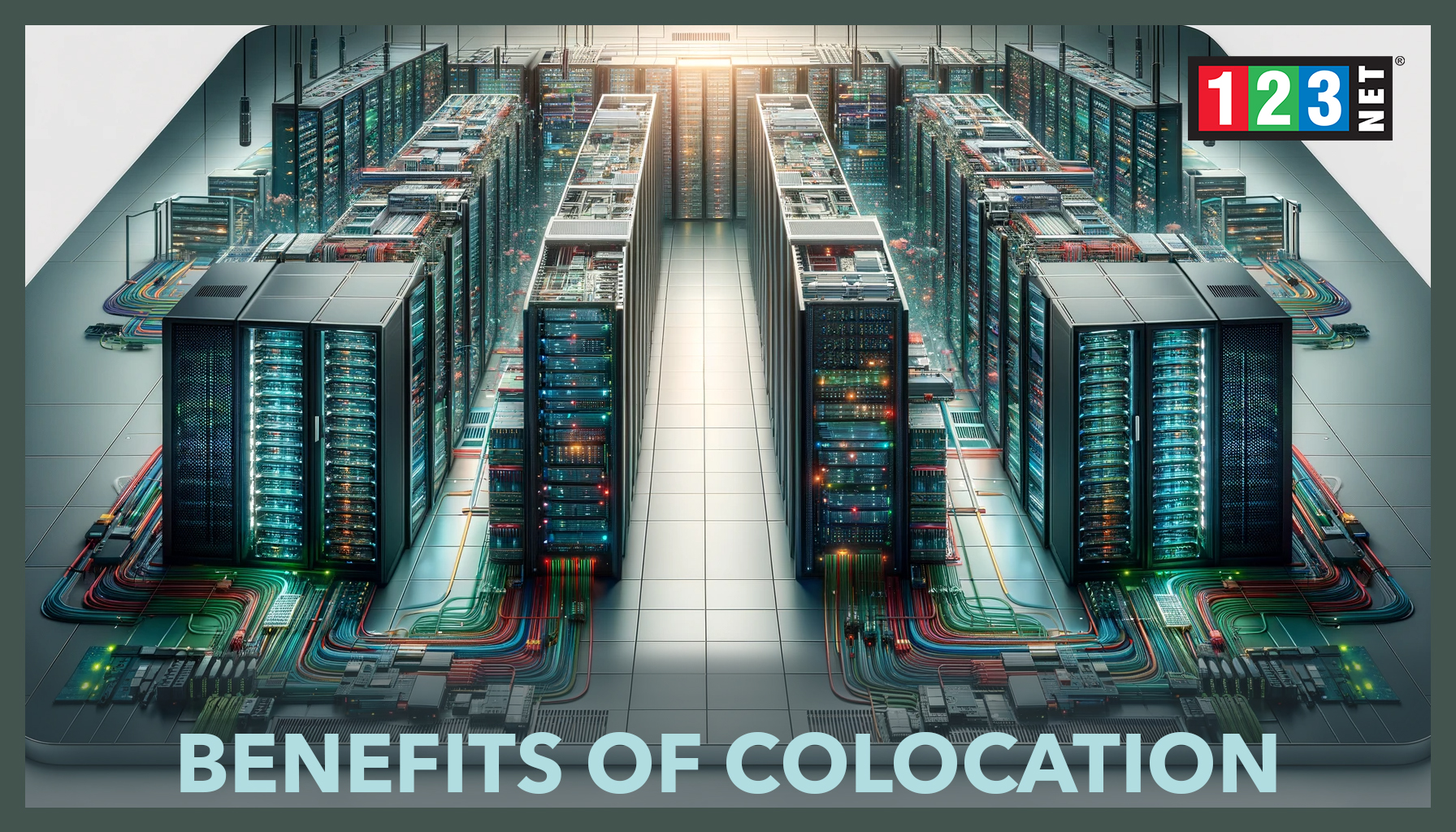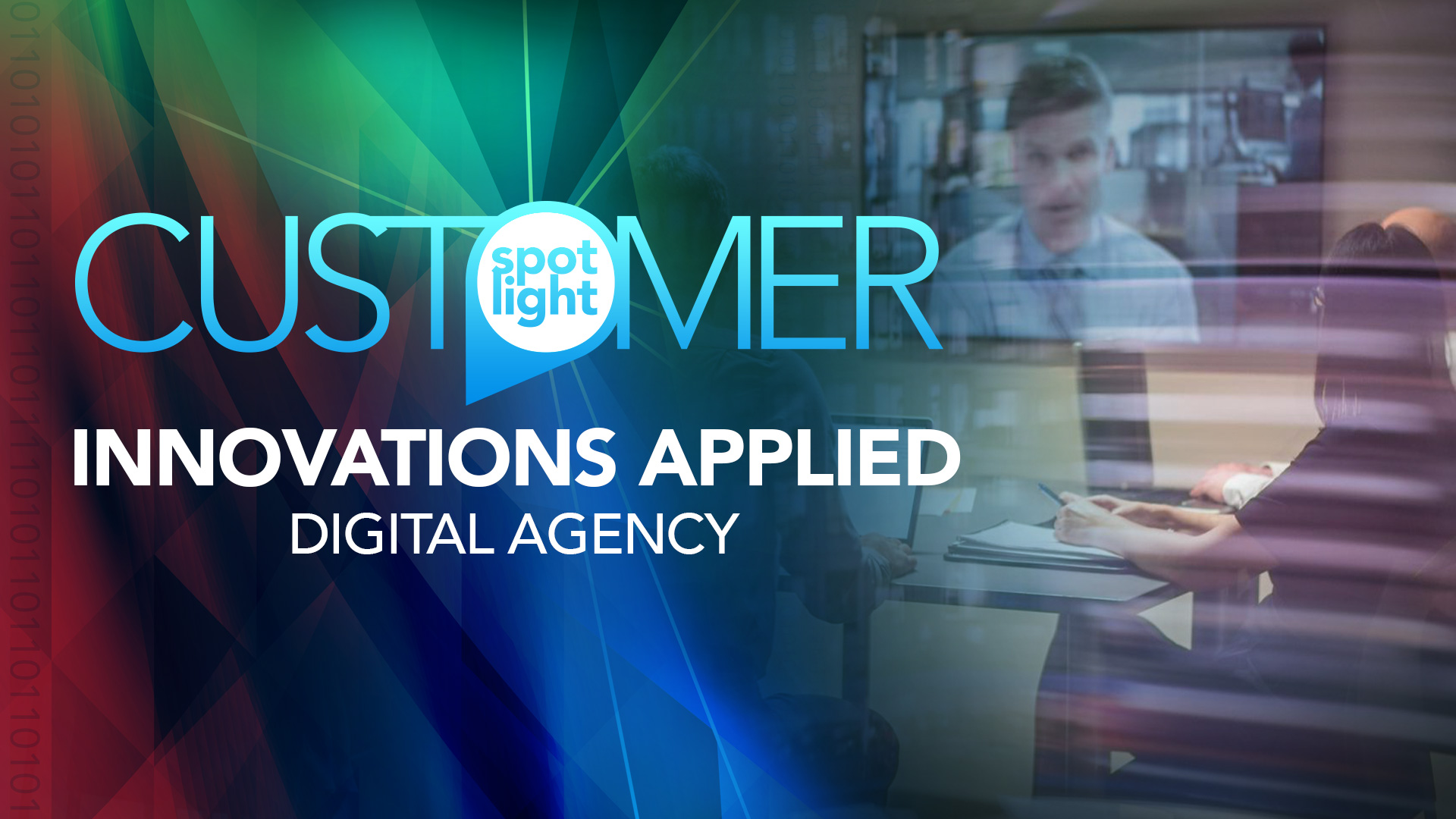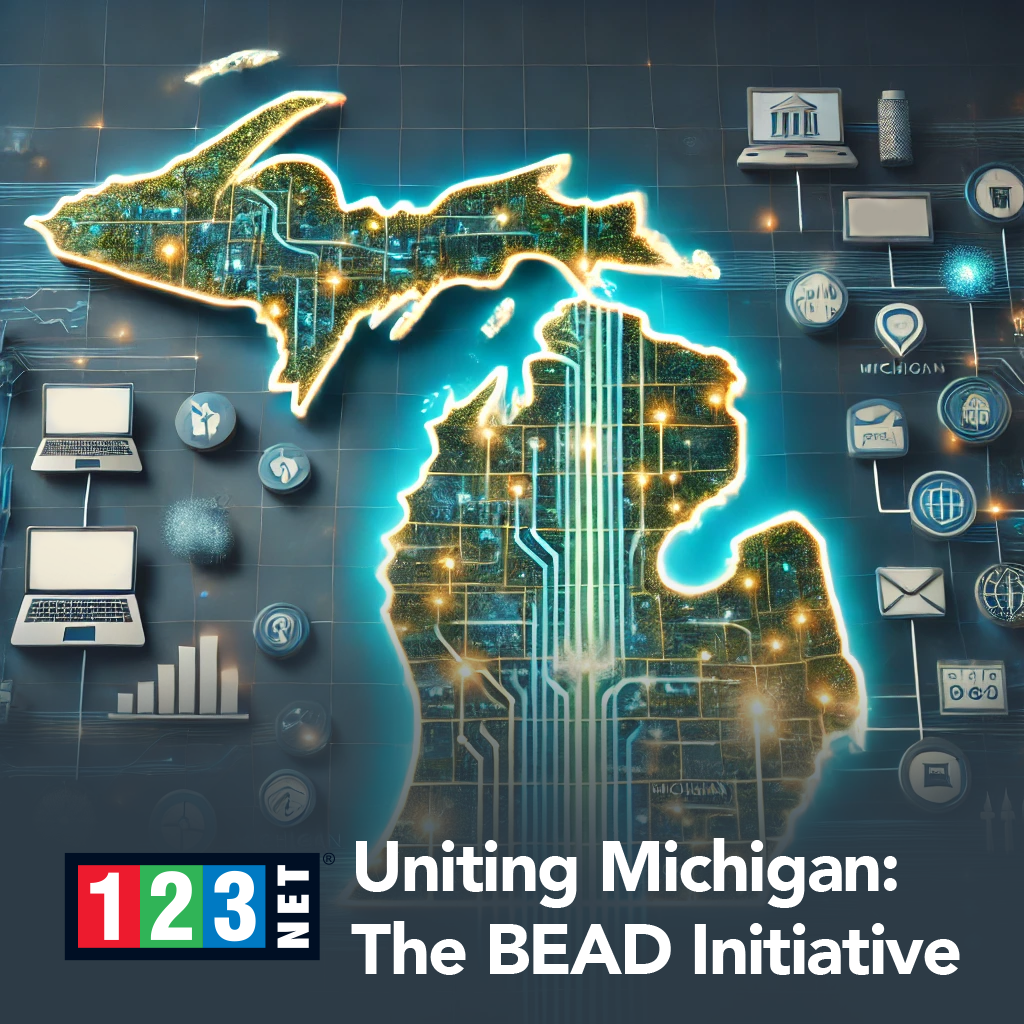
Introduction
The digital divide is a term that describes the gap between groups in terms of access to and knowledge of information and communication technologies, such as computers, the internet, and other digital platforms. This gap is not just a matter of physical access to technology but also includes disparities in digital literacy, which is the ability to use digital technology effectively. The divide can be seen across various lines, including socioeconomic status, geographic location, age, and education level, often reflecting and intensifying existing inequalities in society.
This divide has significant implications. For those with ample access and knowledge, the digital world offers immense opportunities in education, business, healthcare, and social networking. Conversely, those without such access are increasingly at a disadvantage, missing out on educational opportunities, job market competitiveness, access to vital health information, and the ability to participate fully in a digitally-driven society.
Addressing this divide is vital for ensuring that the benefits of the digital age are equitably distributed. Efforts to bridge the digital divide focus on both improving access to technology (through affordable internet and devices) and enhancing digital literacy, ensuring that individuals not only have the tools but also the skills to use them effectively. As the world continues to advance technologically, the need to close this divide becomes ever more critical in promoting inclusive growth and equal opportunity for all individuals, regardless of their background or location.
Evolution of the Digital Divide
The evolution of the digital divide has closely followed the trajectory of internet technology. Initially, the divide was evident in who had or didn’t have access to computers. As technological advancements continued, the nature of the divide shifted focus, encompassing not just hardware but also aspects like broadband connectivity and digital literacy. This evolution has been marked by significant milestones that reshaped the digital landscape. The widespread adoption of personal computers marked a significant shift in digital access and the arrival and expansion of high-speed internet further accentuated this gap, transforming it into a vital tool for accessing information, communication, and entertainment. The recent surge in mobile device usage, especially smartphones, introduced a new layer to the divide, underlining not only the availability of technology but its quality and connectivity speed. These developments have dynamically altered the digital divide, reflecting the growing importance and integration of digital technology in everyday life and making it an ever-evolving challenge.
How does the Digital Divide look Today?
Today, the digital divide presents a multifaceted and complex landscape, characterized by disparities in internet access and digital literacy. It’s a global issue affecting billions, with a significant portion of the population, particularly in rural and low-income areas, still lacking basic broadband connectivity. This divide is not just geographical but also generational. Older populations often find themselves at a disadvantage, with lower levels of digital literacy compared to their younger, more tech-savvy counterparts. This generational gap poses challenges in terms of social inclusion and access to digital services.
The divide also manifests significantly across international borders, with developing countries facing more severe challenges in terms of digital inclusion. These regions often struggle with inadequate internet infrastructure, limiting their citizens’ ability to participate in the digital economy. Additionally, there are disparities within countries, with urban areas typically having better access to high-speed internet than rural regions.
A range of socio-economic and demographic factors directly influences the digital divide. Income levels, educational background, and even gender play a role in determining an individual’s access to digital technology and their ability to use it effectively. This multifaceted nature of the digital divide underscores the need for tailored solutions that address the specific needs of different communities. As the world becomes increasingly reliant on digital technology, closing this gap is essential for ensuring equal opportunities for all in accessing information, services, and economic opportunities.

The Impact of the Digital Divide
The impact of the digital divide extends across multiple facets of society, profoundly affecting individuals and communities. In the realm of education, the divide creates substantial barriers to e-learning, especially pronounced in remote learning scenarios. Students lacking reliable internet access or digital devices are at a distinct disadvantage. They often miss out on educational content and interactive learning opportunities. This gap can lead to significant disparities in educational outcomes, further widening the academic achievement gap between different socioeconomic groups.
In the employment sector, the digital divide has critical implications. As the job market increasingly shifts towards technology-driven industries, digital skills have become essential. Those without such skills or access to digital resources find it challenging to compete for employment opportunities. This is because it limits their career prospects and earning potential.
Healthcare is another critical area impacted by the digital divide. The rise of telemedicine, especially significant during health crises like the COVID-19 pandemic, has underscored the importance of digital access. Patients in areas with limited internet connectivity or digital literacy face challenges in accessing telehealth services, which can be crucial for managing chronic conditions, mental health, and general medical consultations. This limitation is particularly acute in remote and underserved communities, where traditional healthcare resources are already scarce.
Consequently, the digital divide not only mirrors existing societal inequalities but actively contributes to their exacerbation. It creates a cycle where the lack of digital access and skills leads to missed opportunities in education, employment, and healthcare. This in turn perpetuates the gap in digital inclusion. Addressing this divide is, therefore, essential not just for ensuring equal access to digital technologies but also for breaking the cycle of inequality that it perpetuates.
How to Bridge this Gap?
Tackling the digital divide is a multifaceted challenge that demands collaboration across various sectors. Government bodies play a pivotal role through policy-making and allocation of funds. Initiatives like the IDEA 2030 focus on enhancing internet infrastructure and boosting digital literacy, essential steps in narrowing the divide. Reports like the FCC’s Broadband Deployment Report emphasize the critical need to expand broadband access nationwide. It recognizes it as a cornerstone of modern infrastructure. It compares to utilities like electricity and water.
The private sector also has a significant role to play. Through partnerships and investments, corporations can deploy technology and resources in areas that are typically overlooked or underserved. This includes not only providing hardware and broadband access but also investing in digital literacy programs that equip individuals.
Community organizations offer ground-level insights and tailored solutions. Groups such as the National Digital Inclusion Alliance advocate for local approaches to digital inclusion, focusing on community-specific needs. Efforts involve setting up internet centers in communities, offering training programs, and providing support to ensure that technology is accessible.
Educational institutions, from primary schools to universities, are key players in this effort. They can integrate digital literacy into their curriculum, ensuring students from all backgrounds develop essential digital skills. Public libraries also serve as critical access points, offering both internet access and educational resources to the community.
Furthermore, public-private partnerships can create innovative solutions that leverage the strengths of both sectors. For example, government subsidies can incentivize private companies to extend broadband infrastructure to rural or low-income areas.
It is also essential to address the affordability of technology and internet services. Subsidies, sliding scale payment plans, and free access programs can remove financial barriers, making technology more accessible to low-income households.
How is 123NET Helping Close the Digital Divide?
One example of how 123NET is playing a crucial role in bridging the digital divide in Michigan, is in Detroit, through its innovative Project OVERCOME. This initiative, in partnership with the Detroit Community Technology Project (DCTP) and Grace in Action Collectives (GIAC), focuses on providing high-speed, low-cost internet to an underserved neighborhood in Southwest Detroit. The project is part of the broader Equitable Internet Initiative (EII) and aims to establish a sustainable digital infrastructure.
A key aspect of Project OVERCOME is the emphasis on digital education. 123NET supports training of local ‘Digital Stewards’ who play a vital role in teaching residents how to connect and effectively use the internet. This educational component is critical in ensuring that the benefits of internet access are fully realized by the community.
The project was given a significant boost when DCTP was selected as a grant recipient by US Ignite in March 2021. The grant is part of a $2.7 million effort funded by the U.S. National Science Foundation and Schmidt Futures, aimed at connecting unconnected communities through innovative broadband solutions.
123NET’s Commitment to this project is a reflection of their belief that all Michigan residents deserve reliable, high-speed internet at a fair price. By collaborating with various organizations, 123NET is contributing to site planning, permitting, fiber installation, testing, and other equipment needs for the project. This initiative is a step towards making Detroit a world-class city with world-class connectivity, addressing the digital divide and enhancing digital literacy. Which will thereby empower the community for success in a digital world. Additionally, 123NET is continuously working to extend connectivity to other underserved areas and engaging in community impact projects to further close these divides.
What does the Future Look Like?
Rapid technological advancements and changing societal needs will significantly influence the future trajectory of the digital divide. The emergence of next-generation wireless technologies, such as 5G, promises to revolutionize internet connectivity. This technology promises faster speeds and more reliable connections, potentially making internet access more widespread and efficient. Such advancements could greatly benefit areas currently plagued by poor connectivity, offering them a leap forward in digital inclusion.
However, the evolving landscape of technology also brings challenges. As new technologies like 5G roll out, they risk deepening the digital divide if the upgrade process overlooks certain regions or demographics. To prevent this, governments and organizations must engage in proactive digital policy-making and robust infrastructure development. They need to anticipate and strategically plan for these changes to ensure the equitable distribution of the benefits of emerging technologies.
Moreover, as digital technologies become increasingly embedded in everyday life, the importance of digital literacy becomes more pronounced. The future will likely demand a workforce skilled not only in basic digital operation but also in more advanced areas. Things like cybersecurity, cloud computing, and data analytics. Educational systems and training programs will need to adapt to this reality, preparing individuals for the evolving demands of the future.

Conclusion
The path toward overcoming the digital divide is continuous and demands a unified approach from governments, the private sector, and communities. This journey involves creating inclusive digital policies, substantial investment in technological infrastructure, and a strong emphasis on enhancing digital literacy across all layers of society. Our collective goal should be to navigate towards a future where the digital age’s benefits are universally accessible, eliminating disparities in digital access and competence. As key stakeholders in this global challenge, it is crucial that we persistently champion the cause of digital equity and connectivity. The digital revolution has the potential to transform lives, but its success hinges on our commitment to ensuring that no individual or community is left behind in this rapidly evolving digital landscape.
FAQ Section
- What is the digital divide?
- It’s the gap between those who have easy access to the internet and those who do not.
- Why is bridging the digital divide important?
- It ensures equitable access to information, education, and opportunities.
- How does the digital divide affect education?
- It creates barriers in accessing online education and resources.
- What are some solutions to the digital divide?
- Solutions include improving internet infrastructure, promoting digital literacy, and ensuring affordable access.
- How does the digital divide affect social interactions and community engagement?
- The digital divide can greatly impact social interactions and community engagement. Individuals without access to digital technologies or the internet often find themselves excluded from the digital conversations and online communities.




